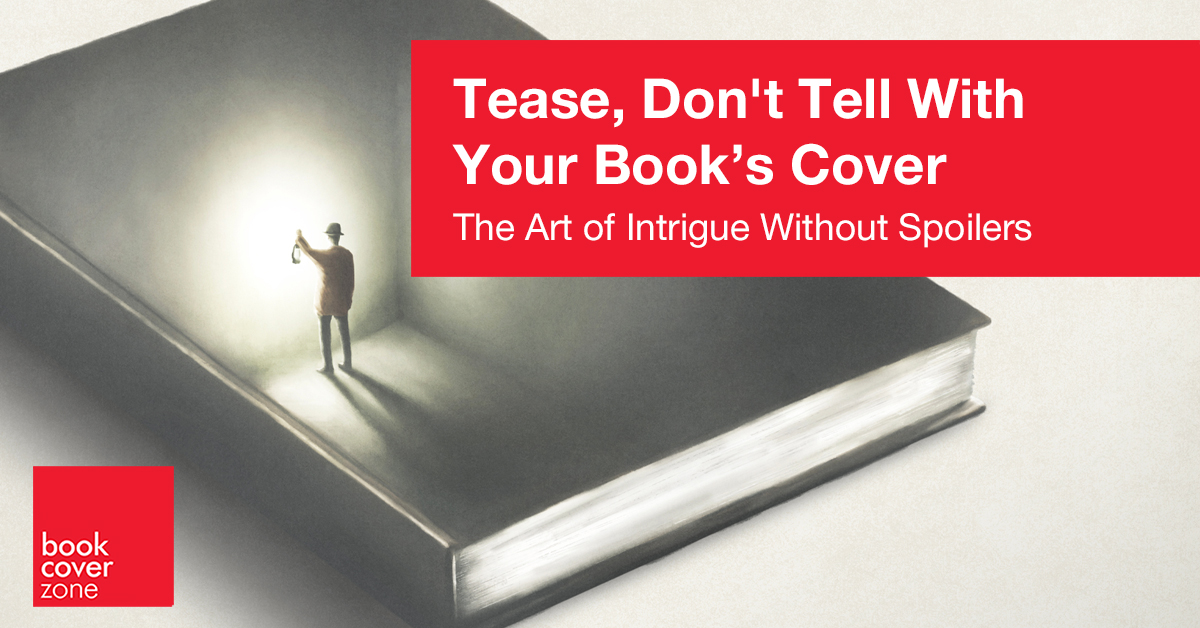In the literary world, a book cover acts as an invitation to delve into the rich, imaginative landscapes penned by authors. A book cover, adorned with compelling artwork and thoughtful design, has the arduous task of encapsulating the essence of a story without disclosing too much. It’s a balance between allure and mystery, providing just enough to ignite curiosity while preserving the novel’s secrets. Here we explore how designers and publishers can create intriguing covers that entice readers without revealing too much.
1. Symbolism Over Literal Representation: Rather than depicting explicit scenes from the book, which might give away key plot points, designers can use symbols that are pivotal to the theme or the narrative. For instance, if the story revolves around a character’s journey towards self-discovery through sailing, using the image of a distant boat against a vast ocean can suggest adventure and introspection without giving away specific details.
2. Embrace Abstract Art: Abstract art invites interpretation and curiosity. It can convey the mood of the book or hint at underlying themes without being overtly descriptive. Abstract designs can evoke emotions that resonate with the core sentiments of the narrative, prompting potential readers to pick up the book to uncover the reasons behind those emotions.
3. Typographical Play: Sometimes, the magic lies not in the images but in the words themselves, and how they are presented. Creative typography can catch the eye of a passerby. Playing with font sizes, styles, and arrangements can hint at the central theme or the tone of the book. For example, disjointed or fragmented typography might suggest a thriller with a complex, twisting plot.
4. Use of Colors: Colors are profoundly tied to emotions and can be a powerful tool in setting the tone for the book, without revealing any plot. A darker palette might suggest mystery or thriller, pastels could hint at romance or gentleness, while bright, vibrant colors might indicate comedy or adventure. The right choice of colors can speak to the reader’s subconscious, eliciting the right mood even before the first page is turned.
5. Selective Imagery: Choose an image that hints at the plot but focuses on elements that do not give away the climax or the resolution of the story. For instance, a shadowy figure in an alley for a detective novel introduces an element of suspense and intrigue without compromising the plot. It’s crucial that the imagery chosen should be open-ended, inviting potential readers to speculate and draw their own connections.
6. Engaging Back Cover Copy: While the front of the cover is more about visual bait, the back cover is where words matter most. An engaging blurb can make all the difference. It should be brief yet captivating, offering a glimpse into the world within the pages without serving the story on a silver platter. A well-crafted question, a mysterious quote from the book, or a provocative statement can be more effective than a summary.
The art of book cover design is much like creating the perfect appetizer. It should be enticing and suggest the flavor of the main course without satisfying the hunger. Publishers and designers must walk a fine line between allure and the arcane, ensuring the cover is an effective portal into the realms of fiction within. After all, the goal is to enchant the reader enough to turn that cover and step into the bustling market of ideas, emotions, and narratives that unfold uniquely in each reader’s mind. A masterful book cover, therefore, is not just seen; it is experienced, promising tales worth exploring.
